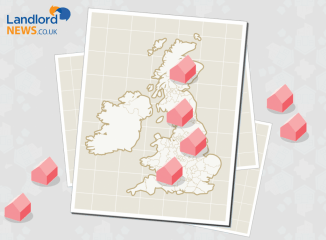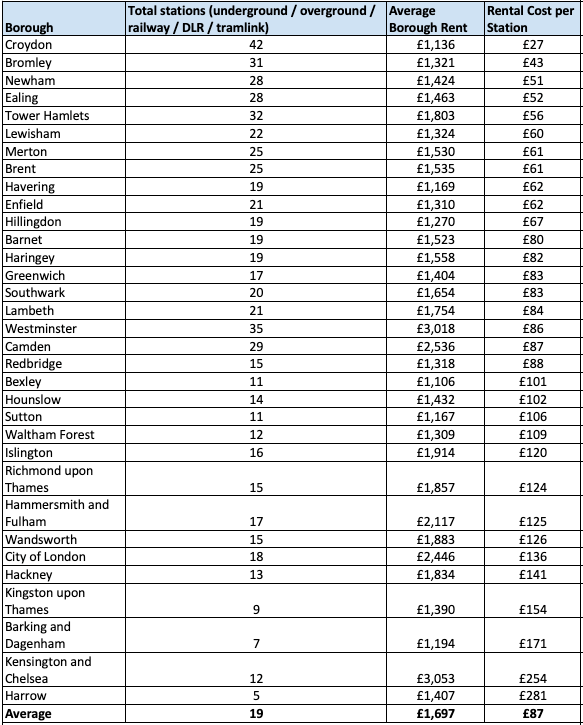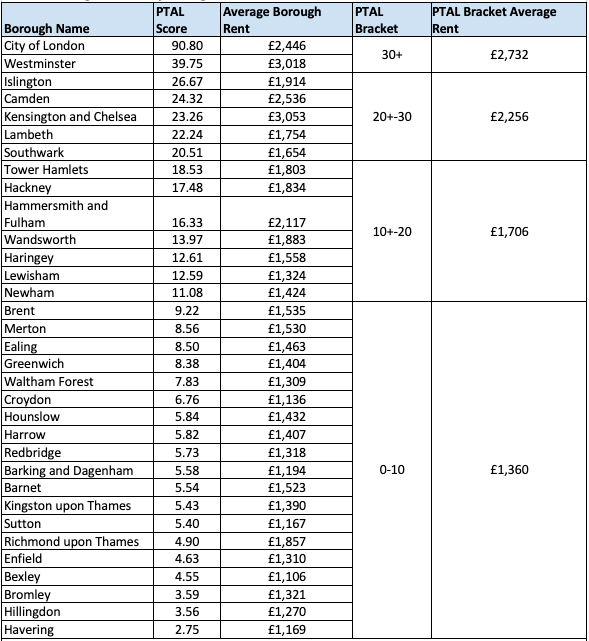Rental demand is returning to major cities in the UK
Rental demand is returning to the majority of major UK cities, according to research from estate and lettings agent Barrows and Forrester.
The agent’s Rental Demand Index monitors rental listings across all of the major property portals. It takes an average demand score for the nation’s major cities based on where has the highest number of properties already let as a percentage of all rental listings.
23 major UK cities were analysed, finding that rental demand is currently at an average of 33%. This is up from 23% in the second quarter of 2020.
Of the cities included in this analysis, only three have seen a decline in rental demand over the last year.
While London has arguably been one of the worst hit areas of the rental market during the pandemic, there are signs of a revival. In the second quarter of this year, rental demand averaged 30%, a 4% uplift on the second quarter of 2020.
James Forrester, Managing Director of Barrows and Forrester, comments: “A string of national lockdowns and the many restrictions that came with them caused rental demand to dwindle across the UK’s major cities during much of 2020.
“However, the vaccine rollout and a return to the workplace have all played a part in reviving the rental market and we’re now starting to market activity climb in all but a handful of locations.
“This will come as welcome news to the UK’s landlords, many of which have had to drop rents in order to secure some form of income during the pandemic. There’s a very real feeling that normality is starting to return and with so many reliant on the rental sector in order to live, we expect demand to continue to climb for the remainder of the year.”
| Major UK Cities | 2020 | 2021 | Q2 2020 to Q2 2021 |
| Q2 | Q2 | Change | |
| Bournemouth | 36% | 66% | 31% |
| Cardiff | 19% | 48% | 29% |
| Newport | 40% | 69% | 28% |
| Glasgow | 20% | 37% | 17% |
| Cambridge | 25% | 41% | 16% |
| Oxford | 21% | 36% | 15% |
| Bristol | 43% | 57% | 14% |
| Sheffield | 20% | 33% | 12% |
| Newcastle | 17% | 29% | 12% |
| Southampton | 24% | 36% | 12% |
| Swansea | 9% | 21% | 12% |
| Manchester | 21% | 32% | 11% |
| Edinburgh | 7% | 15% | 8% |
| Leeds | 14% | 20% | 6% |
| Aberdeen | 6% | 12% | 6% |
| Birmingham | 19% | 25% | 5% |
| Liverpool | 20% | 25% | 5% |
| London | 26% | 30% | 4% |
| Portsmouth | 34% | 37% | 3% |
| Leicester | 18% | 21% | 2% |
| Nottingham | 37% | 36% | -1% |
| Plymouth | 30% | 26% | -4% |
| Belfast | 20% | 8% | -12% |
| Average | 23% | 33% | 10% |
| London Boroughs | 2020 | 2021 | Q2 2020 to Q2 2021 |
| Q2 | Q2 | Change | |
| City of London | 11% | 26% | 15% |
| Kingston upon Thames | 29% | 40% | 11% |
| Hammersmith and Fulham | 13% | 24% | 11% |
| Lambeth | 26% | 35% | 10% |
| Tower Hamlets | 16% | 25% | 9% |
| Wandsworth | 25% | 35% | 9% |
| Hounslow | 23% | 32% | 9% |
| Hackney | 24% | 32% | 9% |
| Richmond upon Thames | 25% | 33% | 8% |
| Bexley | 48% | 56% | 8% |
| Southwark | 23% | 29% | 7% |
| Islington | 23% | 30% | 7% |
| Camden | 12% | 18% | 5% |
| Sutton | 45% | 49% | 5% |
| Bromley | 43% | 46% | 4% |
| Barnet | 20% | 24% | 4% |
| Brent | 16% | 20% | 4% |
| Redbridge | 27% | 31% | 4% |
| Harrow | 22% | 25% | 3% |
| Westminster | 7% | 10% | 3% |
| Kensington and Chelsea | 8% | 11% | 3% |
| Barking and Dagenham | 25% | 28% | 3% |
| Merton | 37% | 40% | 3% |
| Ealing | 19% | 20% | 1% |
| Greenwich | 33% | 34% | 1% |
| Newham | 26% | 25% | -1% |
| Enfield | 33% | 33% | -1% |
| Haringey | 30% | 27% | -2% |
| Lewisham | 39% | 36% | -2% |
| Havering | 44% | 41% | -3% |
| Hillingdon | 31% | 28% | -4% |
| Waltham Forest | 36% | 32% | -4% |
| Croydon | 35% | 29% | -6% |
| London | 26% | 30% | 4% |







